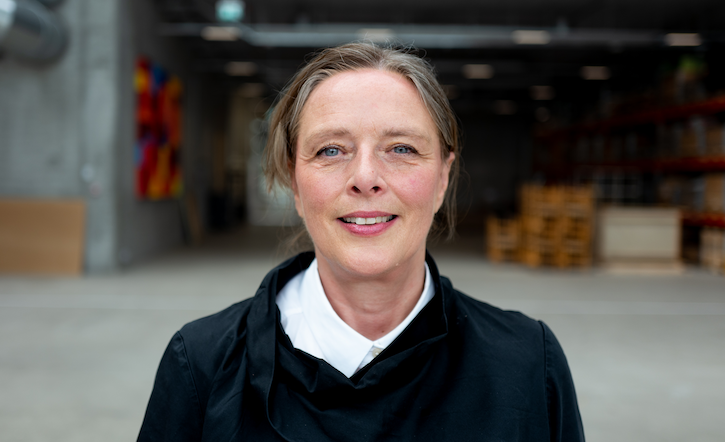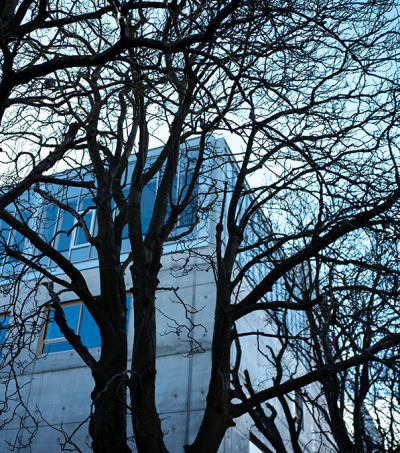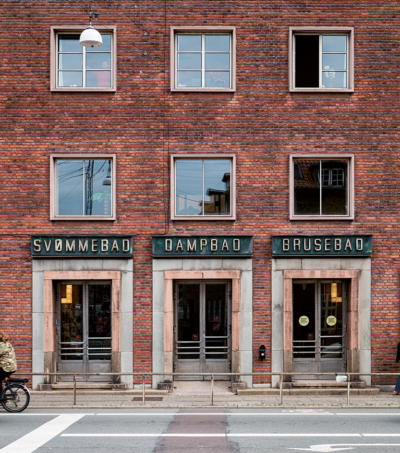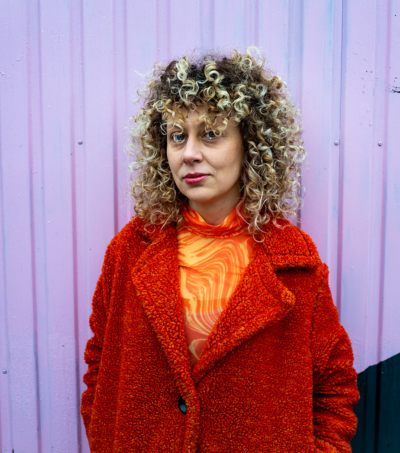“My role will be that of a quiet but powerful engine that, together with the research and teaching team, ensures that the newly trained architects are as well equipped as possible for creating architecture of truly high artistic value that is also truly sustainable”, she says.
One of the means of achieving this goal are digital tools, which can today support architects in completely new ways.
“The primary benefit of digitalisation is not Revit or any similar modelling software. In terms of sustainability what is most important is to visualise and make usable a lot of knowledge at a very early stage of the design process. Knowledge which used to be very expensive and resource-intensive for architects to obtain”.
Expanding cooperation
Together with her new colleagues, she is also going to expand and develop further cooperation with the engineering and humanities programmes at Aarhus University.
Lotte has been an employee of DTU since 2002. She worked there as an associate professor and, later, as an educational leader in the Department of Civil Engineering Design and Processes. And it is also precisely this research into design processes she stresses as being pivotal to her work.
“The design process is in some ways invisible, but the point is that it is in this process sustainability finds its way into a project; through the decisions that are taken along the way and the information based on which decisions are made”.
One of her areas of research has been how you create a design process that respects circularity. How do we avoid including air conditioning and mechanical installations in buildings by making good decisions about the geometry and location of these buildings? How can we use digital tools to create a building located at a specific place on the planet in such a way that it can handle as many functions on its own without the addition of mechanical systems?
Visual tools
To Lotte it is, however, a key point that data will not solve a task by itself. The specific skills of architects are an essential prerequisite.
‘Digital tools must be free, visual and usable – the artistic is the most important aspect: whether a building is DGNB certified or not doesn’t matter if it does not contribute interesting ideas that make you happier’, she says.
Focusing on the future
Her research at the school is also intended to help the architectural profession develop in an even greener direction than today.
‘It’s not about creating projects that are ready-made for the architecture studios, it’s about helping students progress with a view to reality as we envision it in ten or fifteen years’ time.’
Real values
This is a vision the architects who graduate from the school must take with them into the world.
‘I hope the architecture students will be able to move things in a good direction, making the physical settings both beautiful and sustainable. That they will represent long-term values – not just quantifiable elements, but a balance. I see this as a task of great responsibility’, says Lotte Bjerregaard Jensen.
The time she spent at DTU has not made Lotte Bjerregaard Jensen lose sight of the inherent value of the work of architects:
‘There really needs to be room for an artistic process in which you interpret the spirit of the place and create special places that are not indifferent, but which create a connection to living nature – this is an important aspect of sustainability.
Facts
- Lotte Bjerregaard Jensen will be affiliated with Aarhus School of Architecture’s Research Lab 3: Radical Sustainable Architecture
- Lotte is married to Anders. They live together in Højbjerg with their two adult children, Gertrud and Peter, who both study architecture (although not at Aarhus School of Architecture).






